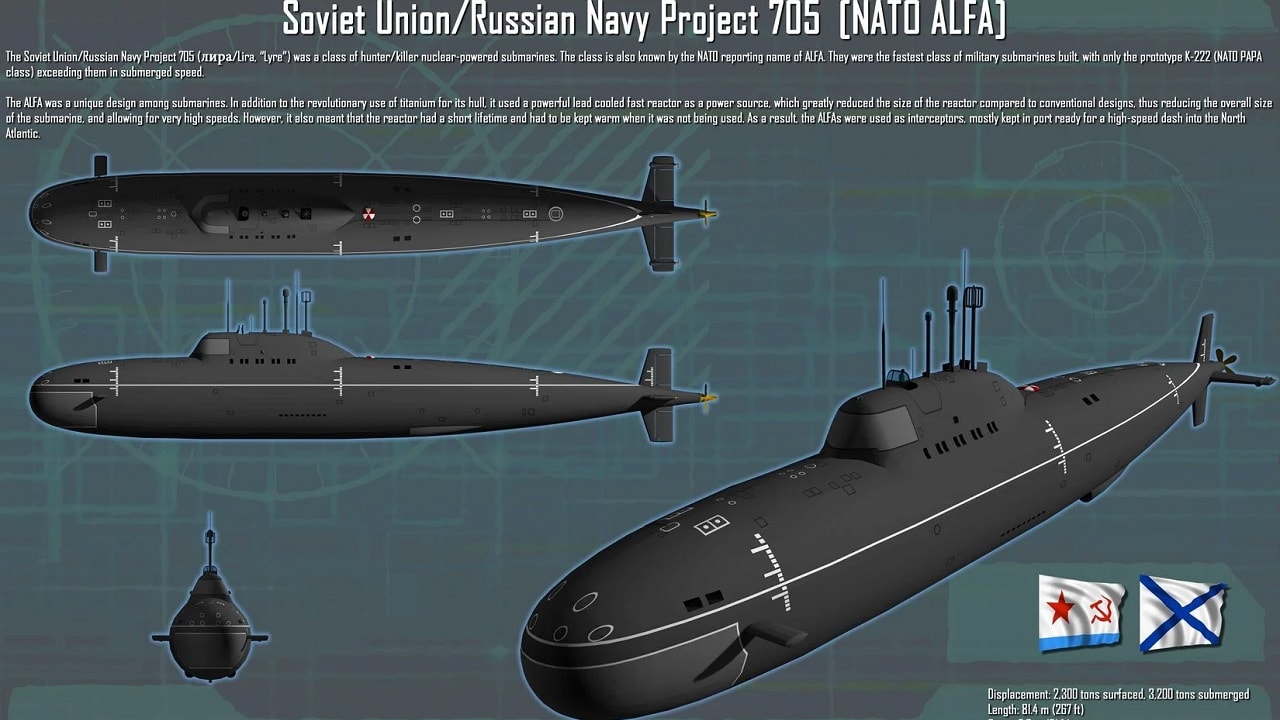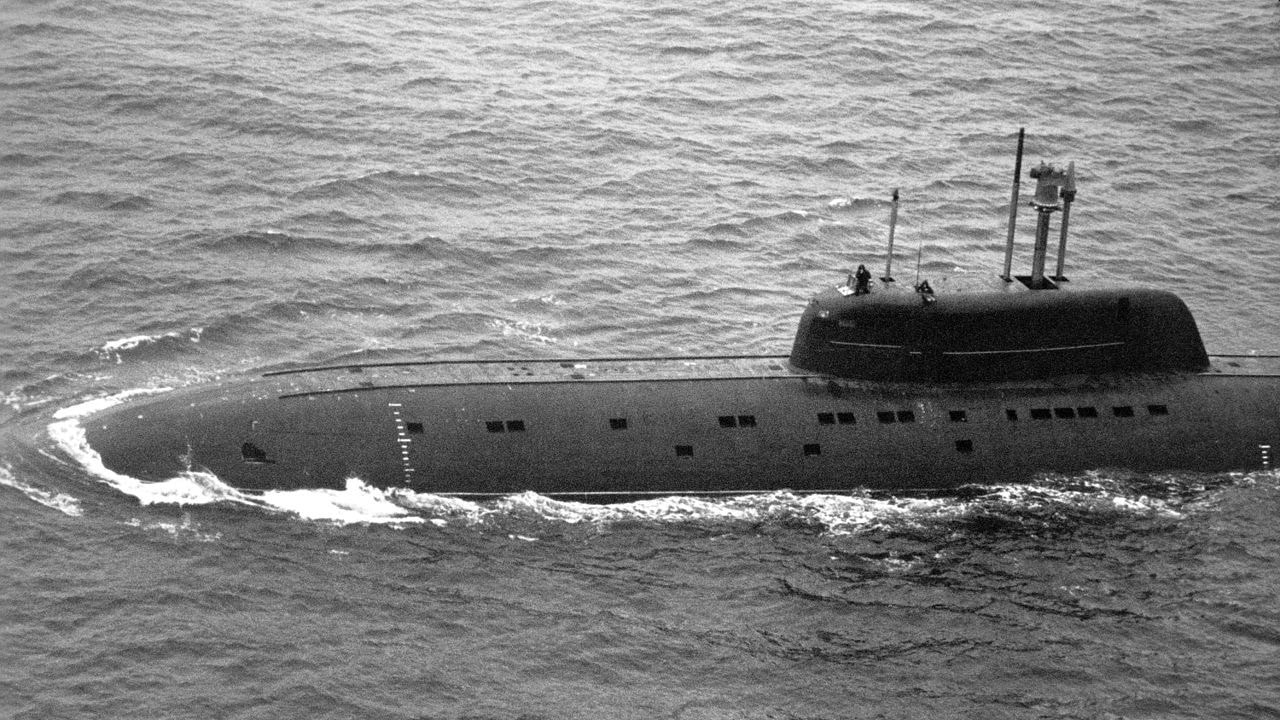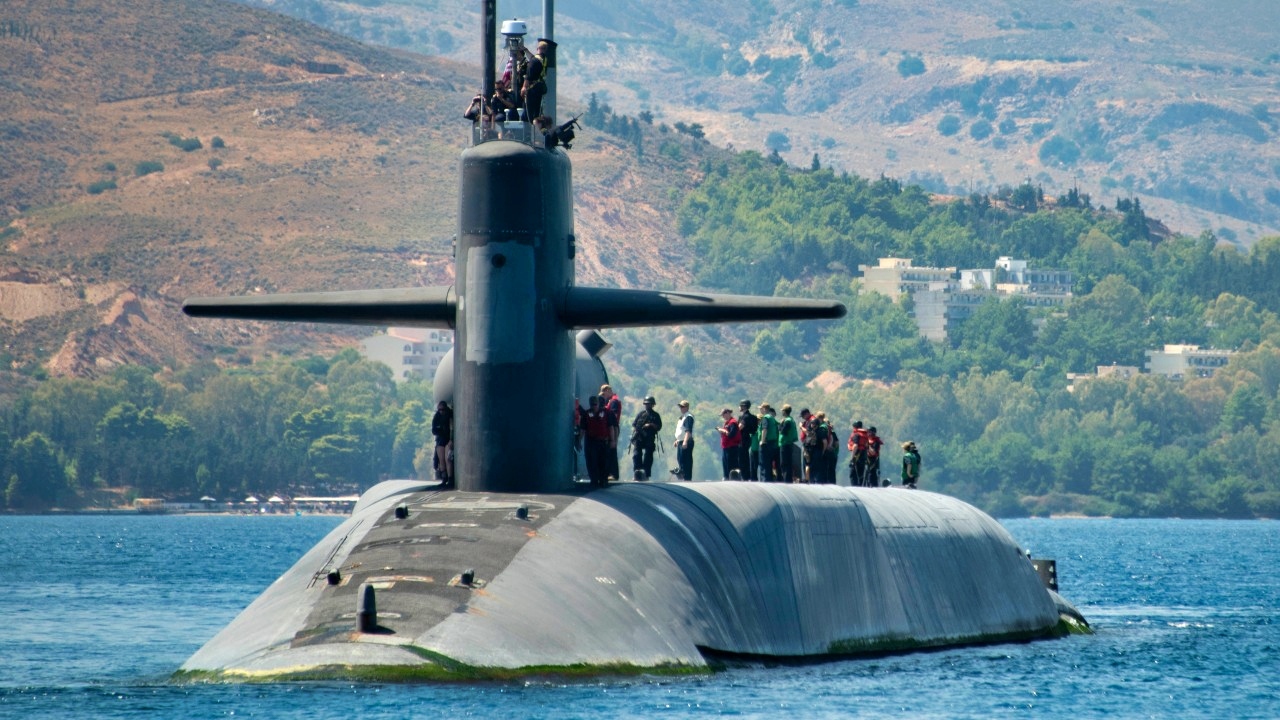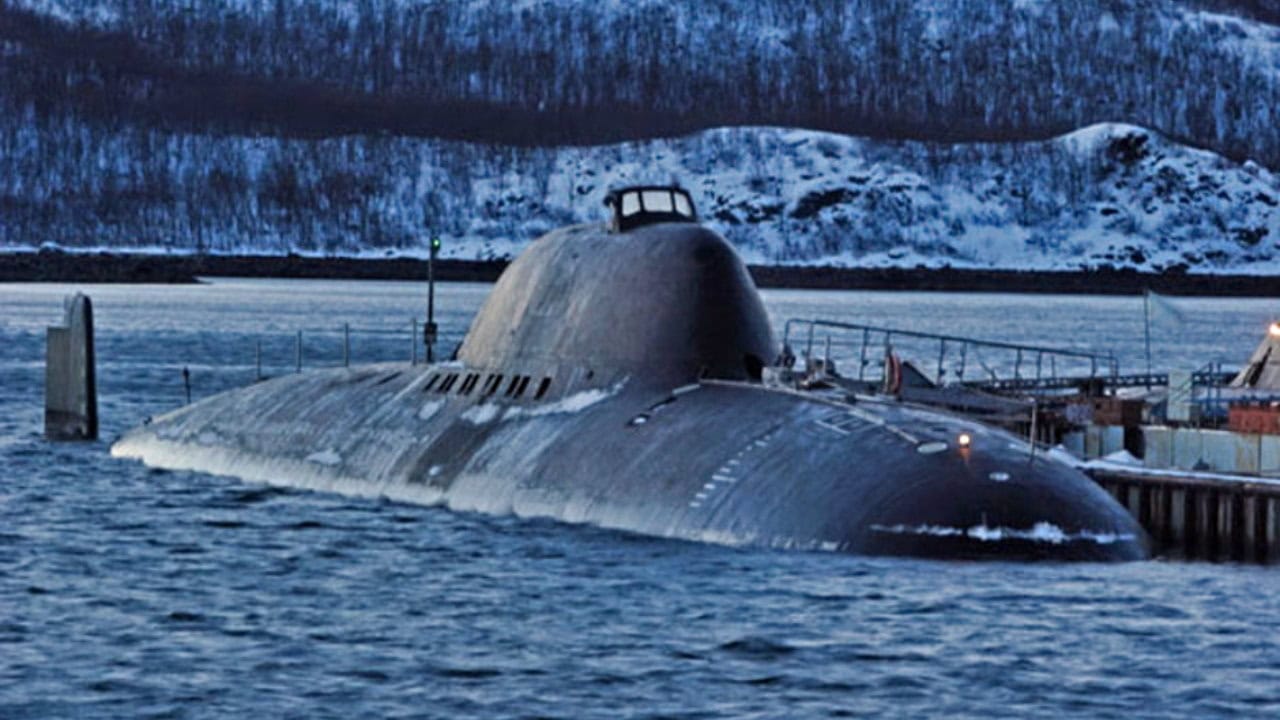The U.S. Navy has built some fantastic submarines in the past 100 years. But one thing they haven’t built is a titanium-hulled sub. The Soviets did, with their Lira-class submarines, known by their NATO code-name Alfa.
Their titanium hulls made Alfas strong and light. They could race along at 41 miles per hour under the sea and submerge past 1,100 feet. The only drawback was the Alfa’s reactor, which was exceedingly noisy. U.S. passive sonar could easily hear it.

Alfa-Class Submarine. Image Credit: Creative Commons.
The Alfa was also used as the nemesis submarine in the film The Hunt for Red October starring Sean Connery, Alec Baldwin, Sam Neill, and Scott Glenn.
Russia has also built two Sierra II-class submarines, which retain the speed and diving ability of the Alfa but are much quieter, giving them the stealth that the Alfas never had.
Titanium Submarines: Pros and Cons
Titanium is the ninth-most abundant element found in the Earth’s crust. However, extracting pure titanium from the minerals that encase it is expensive and challenging, due to its chemical properties.
During the Cold War, the Soviet Union and the United States spent billions of dollars on their militaries. There were so many advancements in weapons, aircraft, naval ships, and related technology that it would make your head spin. Nothing advances technology faster than when humans are trying to kill each other.
However, the Soviets were the only ones to attempt to build a submarine out of titanium. It would make the boats lighter, stronger, and able to attain speeds that other submarines could not reach, as well as dive deeper in the ocean.
The Russians wanted to try a titanium hull, because although it is stronger than steel, it weighs only half as much. Titanium is also less corroded by saltwater than steel is. By using automation, the Alfas had a crew of only 32. The boats were smaller, faster, and could race to any spot the Red Navy needed them.
“During the Cold War, the Soviet Union saw the benefits of building submarines with titanium and designed its Lira-class (NATO designation “Alfa”) using the metal in its hulls. This made Soviet submarines faster, quieter, and able to reach lower depths than their American counterparts,” SlashGear wrote in October.

Sierra-Class Submarine. Image Credit: Creative Commons.
The Alfa’s Had Plenty of Issues
The Alfas were far from perfect. Although a titanium hull is exceptionally strong for its weight, working with the metal is difficult and extremely expensive, and the Soviet Union struggled to maintain the industrial infrastructure needed to produce and repair them.
For the manufacturing process, Soviet engineers had to build huge hermetically sealed plants filled with argon gas that wouldn’t interfere with the welding of the large titanium panels. Welders inside the plant wore a spacesuit to breathe oxygen while working.
The welding was highly tedious. The slightest mistake would leave the titanium weak and brittle, which could be deadly for an Alfa on a deep ocean dive.
The Americans Didn’t React The Way They Always Did
Throughout the entirety of the Cold War, if the U.S. built a new aircraft, then the Russians would build a counter to it, and vice versa. The same went for everything, including the space race. You put the first man in space…we put a man on the moon.

190907-N-UR565-0660NAVAL SUPPORT ACTIVITY SOUDA BAY, Greece (Sept. 7, 2019) The Ohio-class cruise missile submarine USS Florida (SSGN 728) arrives in Souda Bay, Greece, for a scheduled port visit, Sept. 7, 2019. NSA Souda Bay is an operational ashore base that enables U.S., allied, and partner nation forces to be where they are needed and when they are needed to ensure security and stability in Europe, Africa, and Southwest Asia. (Photo by Joel Diller/Released)
But when the Alfa came out, the Americans didn’t dance the same way. They didn’t try to build a titanium hull for their next submarine. They just created a better weapon to hunt the Alfa: The Mark 48 Torpedo focused on speed to catch the swift submarines.
The Mark 48 is still in service today. Sometimes, it is easier to kill a mosquito with a hammer. The Alfas were a formidable opponent, but the cost of building and operating them prevented the Soviets from building more.

Alfa-Class Submarine. Image Credit: Creative Commons.
Could titanium subs be built in the future? Absolutely—but the technology to cheaply construct them isn’t quite there yet.
About the Author: Steve Balestrieri
Steve Balestrieri is a 19FortyFive National Security Columnist. He served as a US Army Special Forces NCO and Warrant Officer. In addition to writing for 19FortyFive, he covers the NFL for PatsFans.com and is a member of the Pro Football Writers of America (PFWA). His work was regularly featured in many military publications.

